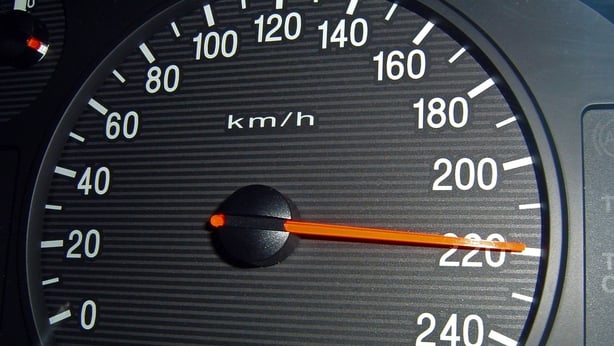All new cars are to be fitted with special devices from 2022 to automatically make them keep to the speed limit under EU rules.
Intelligent speed assistance (ISA), advanced emergency braking and lane-keeping assistance are among a range of safety measures which have been given approval by the European Commission. The move comes as autonomous, or self-driving, cars have now reached an advanced stage with several companies having already introduced some technology that enables cars to correct mistakes being made by drivers.
The legislation also addresses drink-driving, making it easier to retrofit an alcohol interlock device - a technological solution for tackling repeat drink-driving in use in a number of EU member states. Already Volvo is in the process of refining a device introduced some years ago that does not allow a car to be driven if it detects a driver is under the influence of drink or drugs. Facial recognition technology is being widely studied by the motor industry to allow car technology to "read" a driver's face and detect signs of fatigue or loss of concentration.
Announcing the new proposals, EU Commissioner Elzbieta Bienkowska said: "Every year, 25,000 people lose their lives on our roads. The vast majority of these accidents are caused by human error.
"We can and must act to change this. With the new advanced safety features that will become mandatory, we can have the same kind of impact as when safety belts were first introduced.
"Many of the new features already exist, in particular in high-end vehicles. Now we raise the safety level across the board, and pave the way for connected and automated mobility of the future."
Safety features for European cars, vans, trucks and buses include technology which provides intelligent speed assistance, a warning of driver drowsiness and distraction, such as when using a smartphone while driving, and a data recorder in case of an accident.
They would also be fitted with reversing safety features such as a camera or sensors under the plans.
Devices for lane-keeping assistance, advanced emergency braking and crash-test improved safety belts are also suggested for cars and vans.

Ironically, German autobahns currently have no speed limit at all and the latest EU plan may focus attention on this anomaly.
The new measures also include improvements to the direct vision of bus and truck drivers and the removal of blind spots.
The commission expects the plans could help save more than 25,000 lives and avoid at least 140,000 serious injuries by 2038.
The political agreement has yet to be formally approved by the European Parliament and Council.
This process could take several more months due to European Parliamentary elections in May, according to the European Transport Safety Council (ETSC).
The new safety features will become mandatory from 2022, with the exception of direct vision for trucks and buses and an enlarged head impact zone on cars and vans; these are set to be introduced at a later date as they will involve structural design changes.
Antonio Avenoso, the ETSC executive director, said: "There have only been a handful of moments in the last 50 years which could be described as big leaps forward for road safety in Europe.
"The mandatory introduction of the seatbelt was one, and the first EU minimum crash safety standards, agreed in 1998, was another.
"If last night's agreement is given the formal green light, it will represent another of those moments, preventing 25,000 deaths within 15 years of coming into force."


